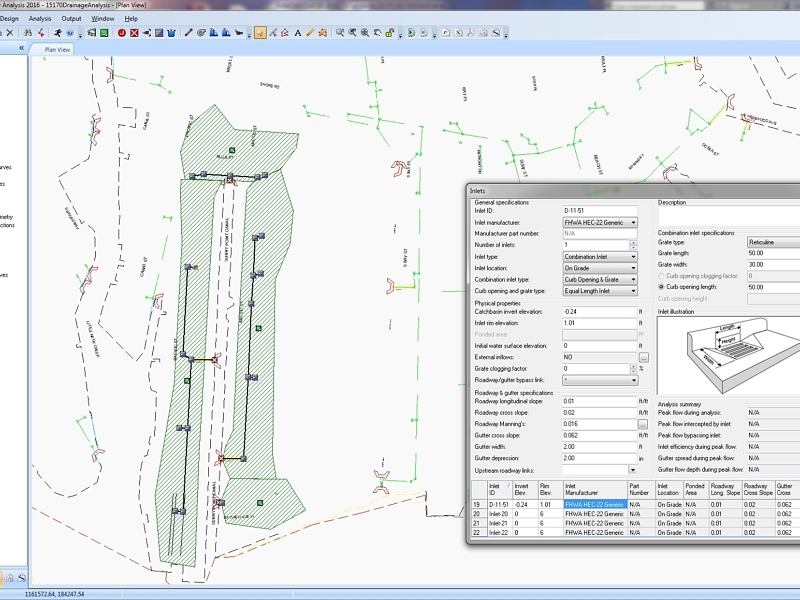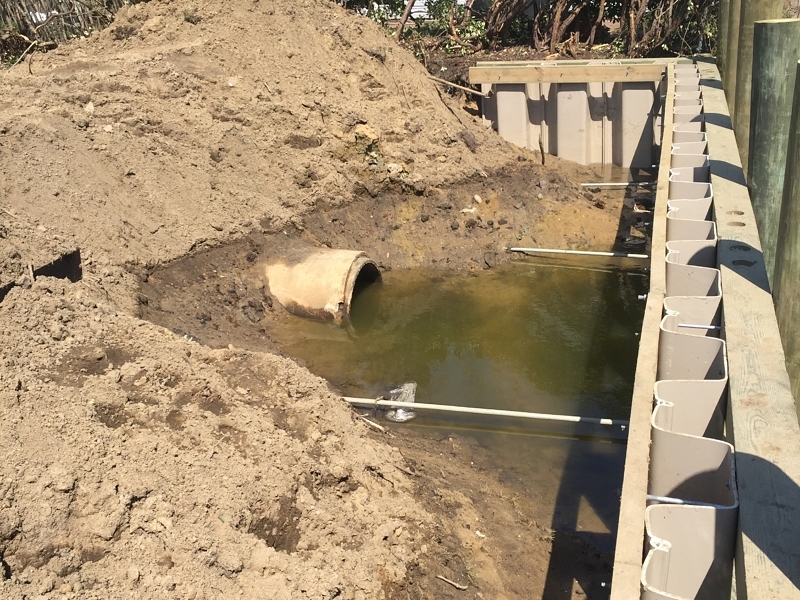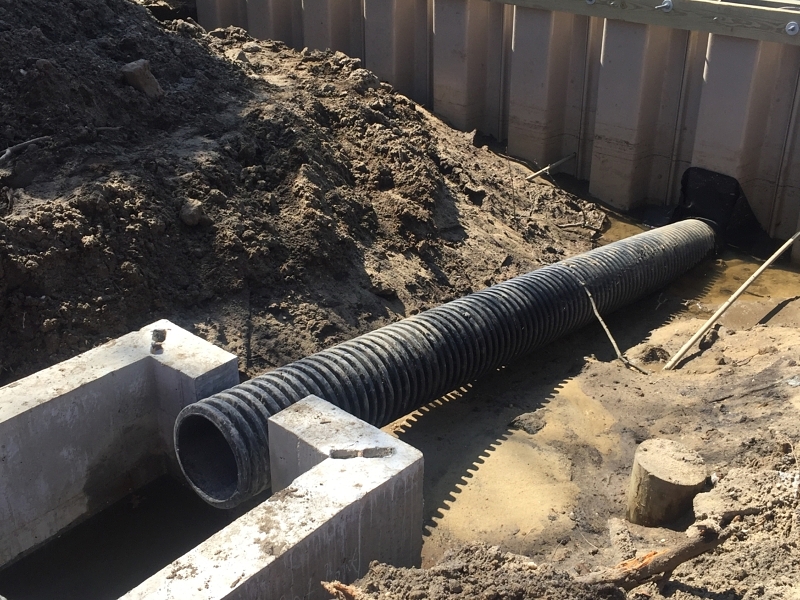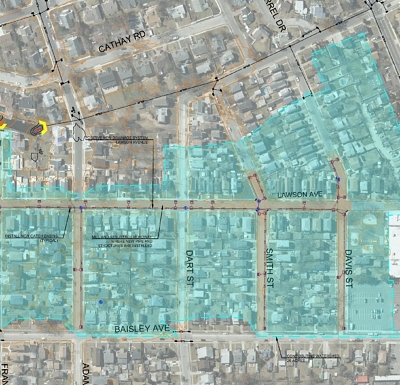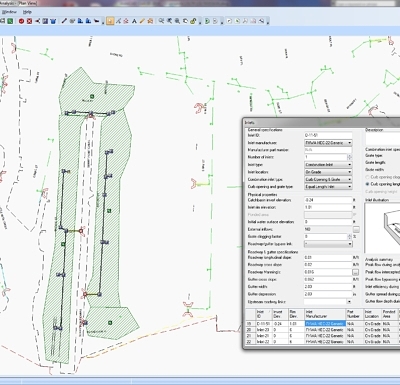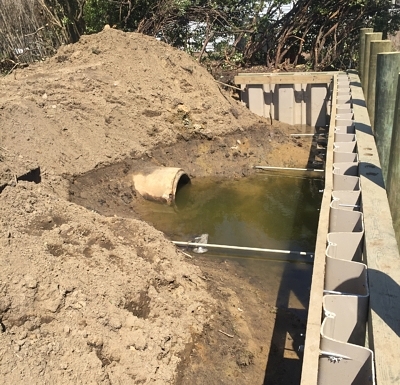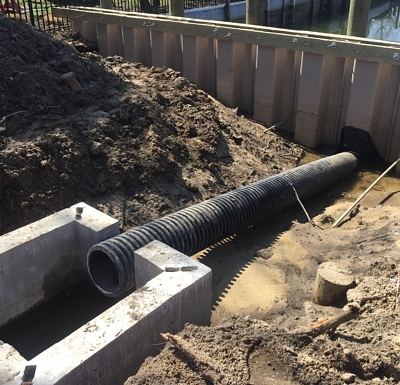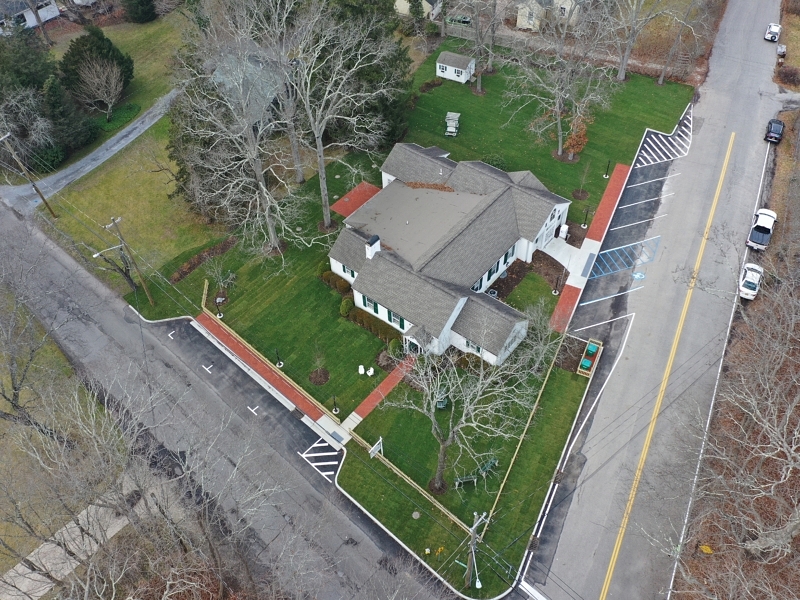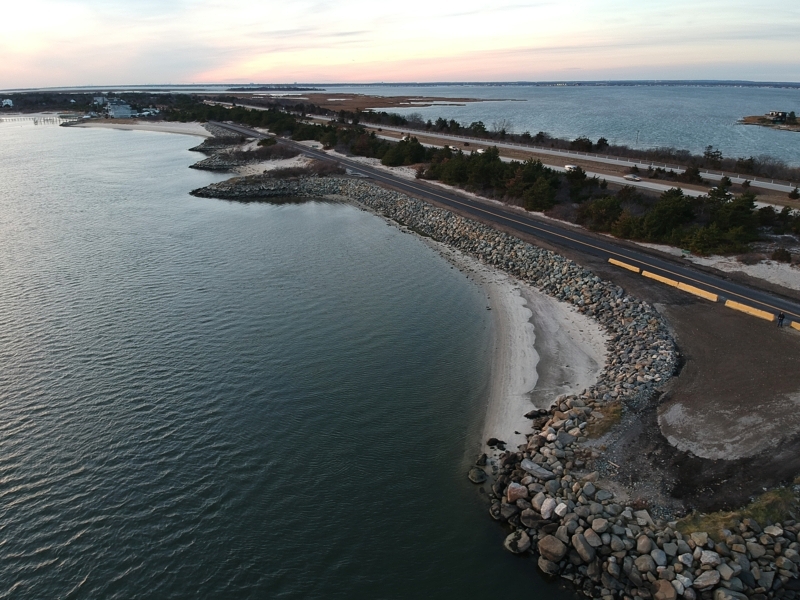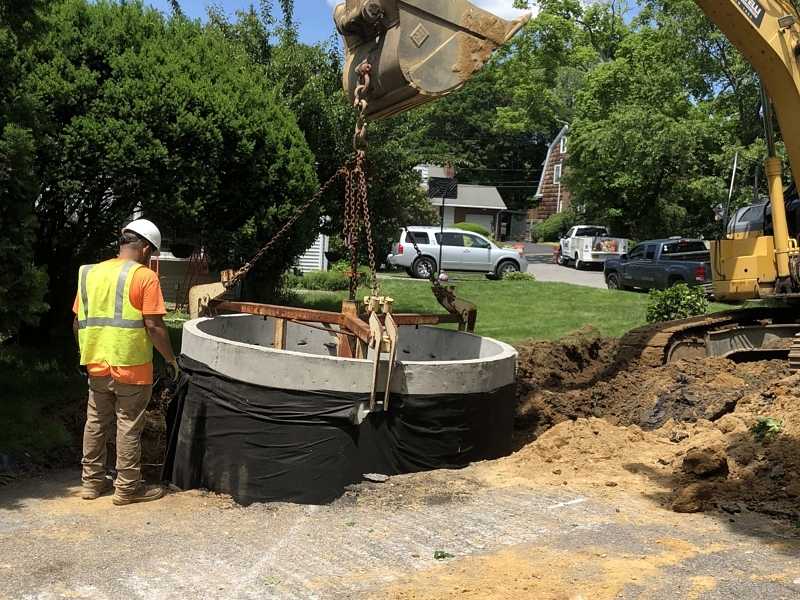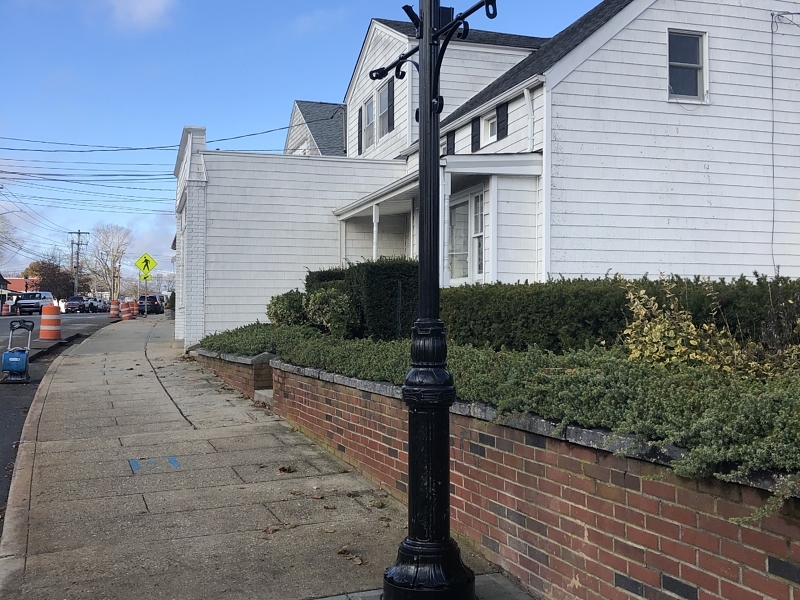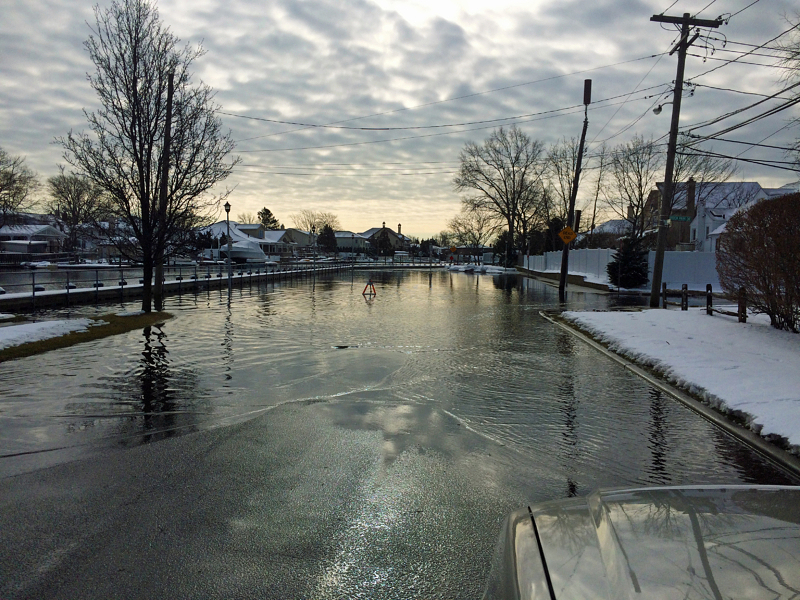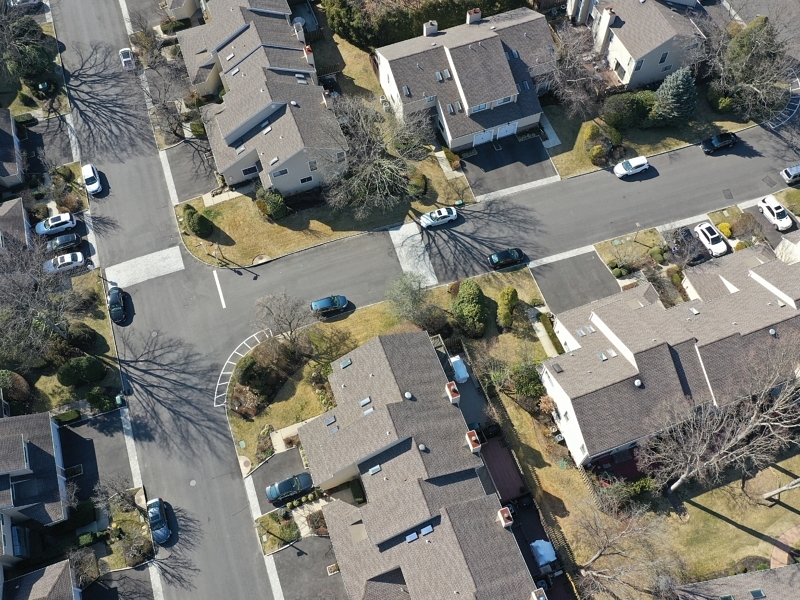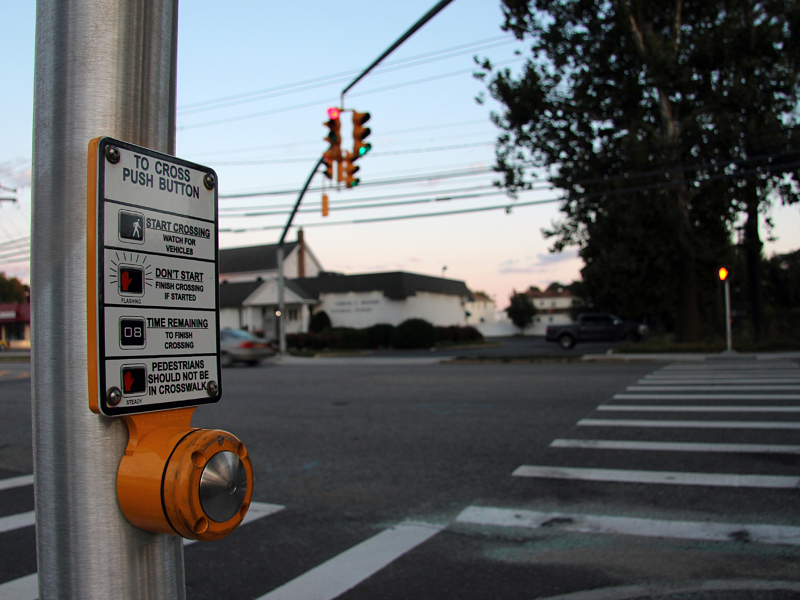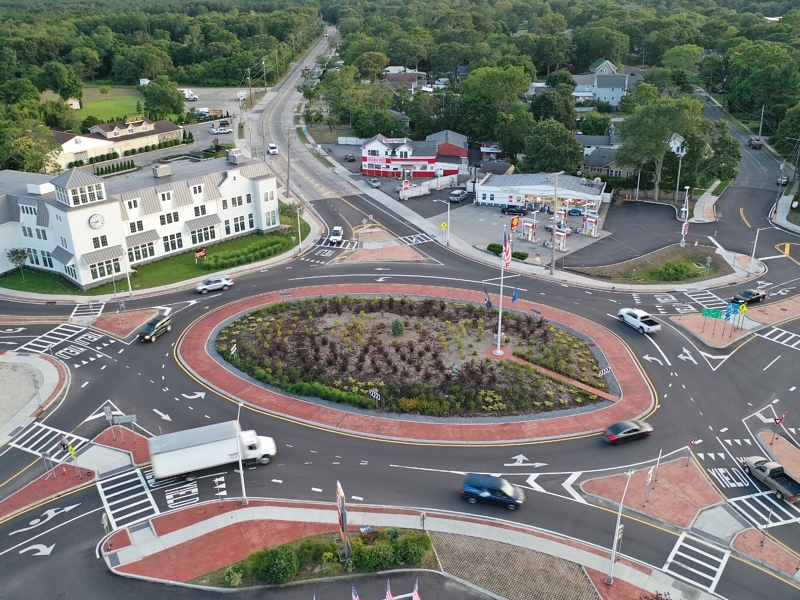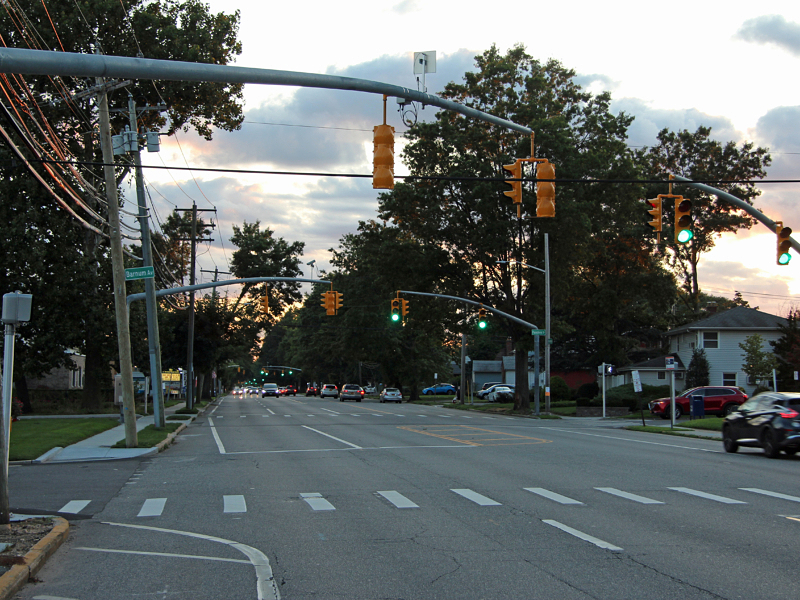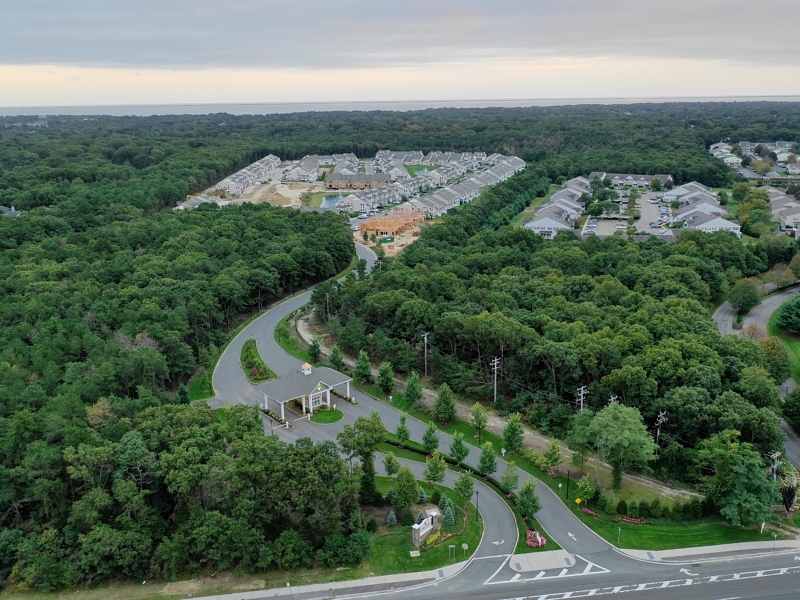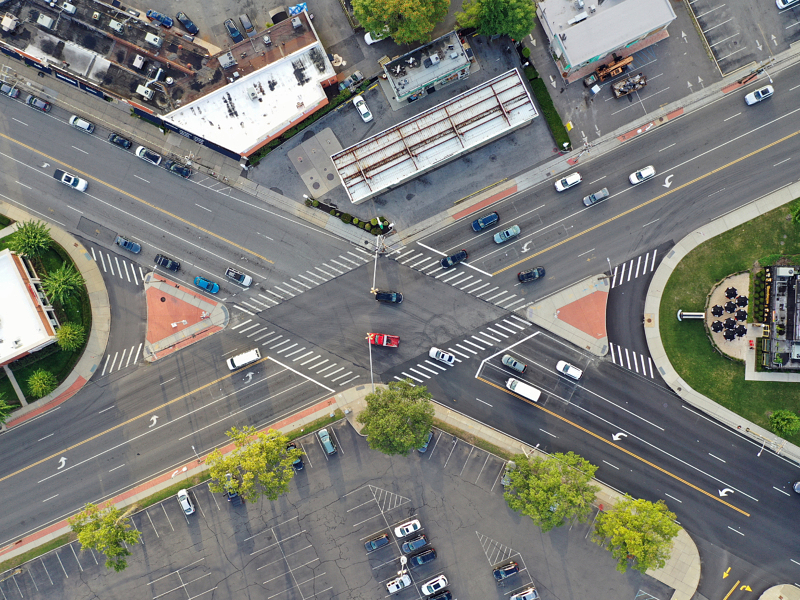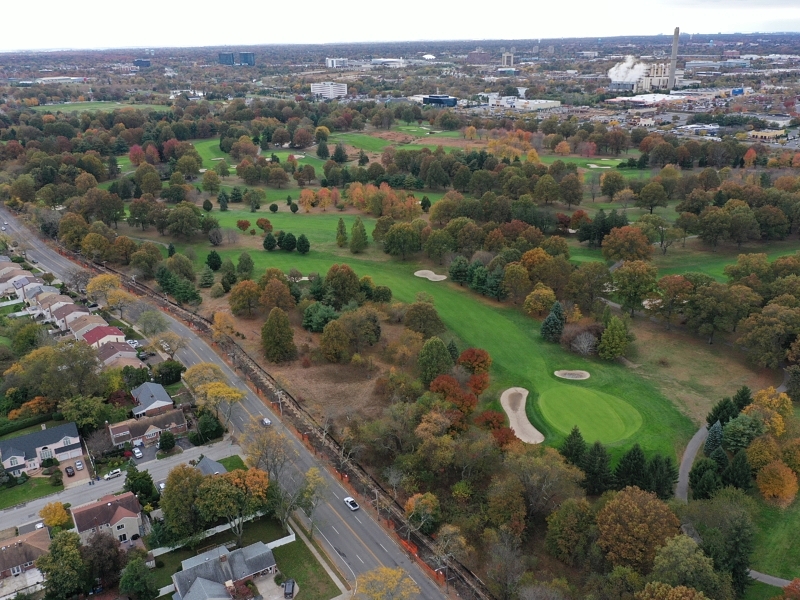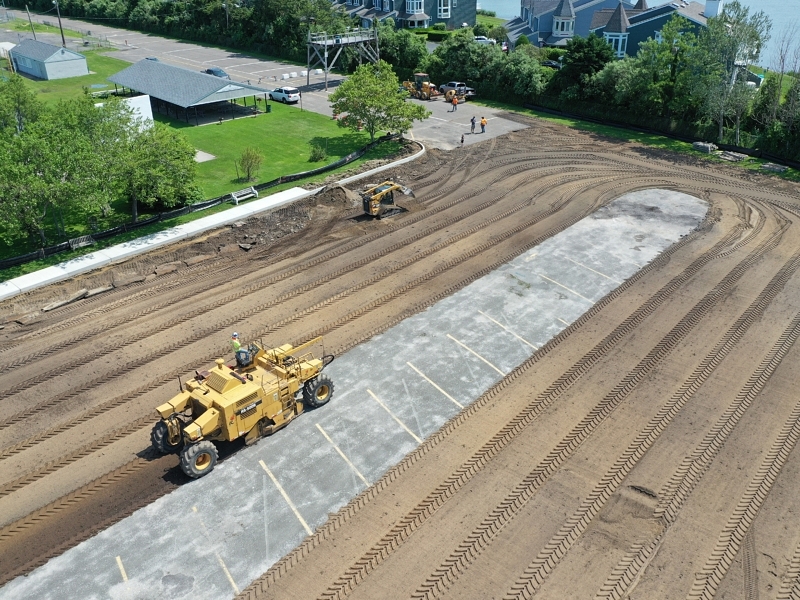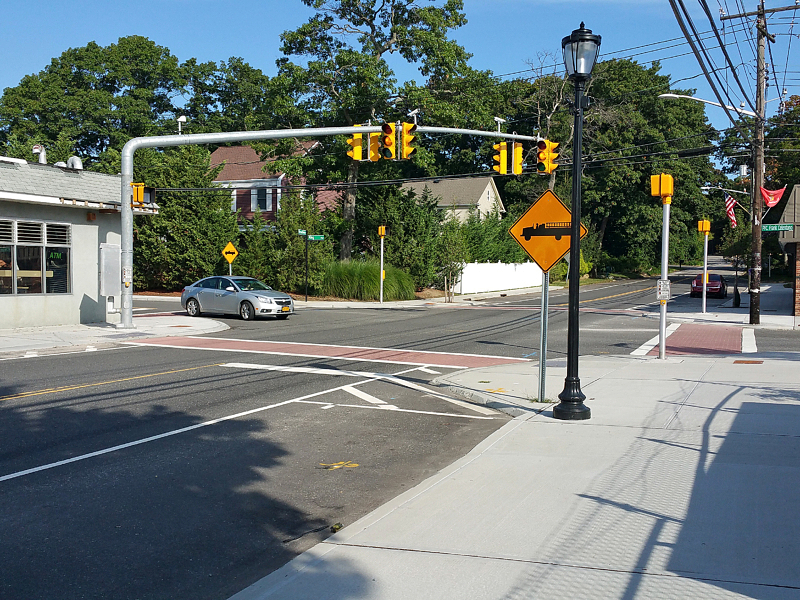GOSR Drainage Improvements
Project Location: Village of Lindenhurst; Village of Amityville; Town of Babylon, Hamlets of Bellmore, Merrick, Seaford, Wantagh, and Oceanside; Town of Hempstead, Town of Oyster Bay; Bay Park and Village of East Rockaway
Client: Village of Lindenhurst, Village of Amityville; Town of Hempstead, Town of Babylon, Town of Hempstead, Nassau County
In 2012 Superstorm Sandy overwhelmed Long Island’s south shore storm water drainage systems. Floodwaters inundated roadways, homes, schools, Municipal buildings, and businesses and made streets impassable and areas unusable. Municipalities were eligible for US Housing and Urban Development (HUD) Community Development Block Grant-Disaster Recovery (CDBG-DR) funding for disaster recovery projects which included Master Drainage Studies.
Nelson + Pope was retained by the municipalities, the Village of Lindenhurst, Village of Amityville; the Town of Babylon, the Town of Hempstead, the Town of Oyster Bay, and Nassau County Department of Public Works, to advance the concept plans into Drainage Improvement Projects. The work included the preparation and development of Preliminary and Final Design Documents under the supervision of the New York State Governor’s Office of Storm Recovery (GOSR).
The Construction Bid Documents included the upgrade and supplement to the existing drainage infrastructure; provided stormwater treatment and installation of in-line check valves; developed shoreline stabilization and protection; raised roadways; and replaced culverts. N+P also assisted the municipality in the Bid Phase of these projects and Construction Inspection on several of the projects.
The Village of Lindenhurst GOSR Drainage Improvements includes the replacement of twin 24” diameter pipes with a box culvert under Newark Street. The project design required Nelson Pope Voorhis, our environmental affiliate, to coordination closely with environmental agencies including New York State Department of State (DOS), United State Army Corps of Engineering (USACOE), and New York State Department of Environmental Conservation (NYSDEC). Some requirements of these agencies included recreation of the stream bed through the culvert to maintain stream continuity, allowing unrestricted movement of fish and wildlife within the stream corridor while maintaining the access and transportation needs and environmentally sound design of the riparian and upland areas necessary for the wellbeing of all species that inhabit the stream ecosystem. The culvert installation incorporates staged construction with multiple stream diversions and a full road closure.
The Village of Amityville GOSR Drainage Improvement Project includes several projects that will raise the existing roadways to minimize flooding, install additional drainage structures and pipes to increase the system’s capacity, provide stormwater treatment structures to clean road runoff effluent, and install in-line check valve to prevent tidal backflow. The in-line check valves and stormwater treatment structures will be installed in proposed structures on Town property to permit easy access for future inspection and maintenance. Nelson Pope Voorhis, our environmental affiliate, coordinated with New York State Department of Environmental Conservation (NYSDEC) and determined the majority of improvement locations are non-jurisdictional and required only notification to NYSDEC; however, a few locations are jurisdictional and required full permitting.
The Town of Babylon Shoreline Stabilization and Roadway Improvement Project included an in-depth coordination by Nelson Pope Voorhis, our environmental affiliate, with environmental agencies including New York State Department of State (DOS), United State Army Corps of Engineering (USACOE), and New York State Department of Environmental Conservation (NYSDEC). The project included measures to reduce erosion and scour of the shoreline and prevent collapse of the roadway due to wave action of storm events such as hurricanes and Nor’easters. The plans call for raising the roadway, pitching the roadway to the north, and creating a bioswale area in the vegetated shoulder. On the seaward side, a bulkhead will be place above low tide, but will be overtopped during normal tides. At the toe of the bulkhead, stones will be placed to prevent scour. Landward of the bulkhead, wetland vegetation will be planted in a sill that will aid in stabilizing the earth material below. These features will act as the first line of defense against erosion and scour of the shoreline by reducing wave energy and lessening the erosion due to wave action. Between the planted sill and the roadway, a stone revetment will be constructed preventing further erosion by absorbing the energy of the waves and reducing wave scour and rebound which are the major causes of erosion control structure failure. Between the revetment and the roadway, a vegetated berm is to be secured with turf reinforcement matting and will be stable in the event of storm surge overtopping. Along the edge of the roadway, a flush curb can be installed to further stabilize the raised roadway.
The Town of Babylon Check Valve Project; the Town of Hempstead Bellmore, Merrick, Seaford, Wantagh, and Oceanside Check Valve Project; and the Hempstead Check Valve Project will install in-line approximately 150 check valves that will mitigate flooding and property damage during chronic and frequent street flooding caused from storm high tides and bi-monthly moon tides. These measures will increase evacuation time and associated storm preparedness. The in-line check valves and stormwater treatment structures will be installed in proposed structures on Town property to permit easy access for future inspection and maintenance. Nelson Pope Voorhis, our environmental affiliate, coordinated with New York State Department of Environmental Conservation (NYSDEC) and determined the majority of improvement locations are non-jurisdictional and required only notification to NYSDEC; however, a few locations are jurisdictional and required full permitting.
The Town of Oyster Bay Projects, Project #1 – Harbor Place and west Cabot Road, Project 2 Seneca Place, Project 3 Brockmeyer Drive, Clearwater Avenue, Iroquois Place, and Project 4 Division Avenue, will each address storm runoff; tidal and storm surge; flooding due to poor drainage, low elevations; and lack of back-flow prevention which results in extreme inundations of various roadways and properties. These projects will raise the existing roadways to minimize flooding, install additional drainage structures and pipes to increase the system’s capacity, provide stormwater treatment structures to clean road runoff effluent, install in-line check valve to prevent tidal backflow, and mill and resurface or reconstruct roadways to reduce localized ponding due to pavement deterioration. Project #4 Division Avenue will also include replacement of the outfall pipe, install a concrete headwall, and place large stone rip rap around the headwall to prevent erosion. The in-line check valves and stormwater treatment structures on all four (4) projects will be installed in proposed structures on Town property to permit easy access for future inspection and maintenance. The project designs required Nelson Pope Voorhis, our environmental affiliate, to coordination closely with environmental agencies including New York State Department of State (DOS), United State Army Corps of Engineering (USACOE), and New York State Department of Environmental Conservation (NYSDEC).
Nassau County’s Bay Park and Village of East Rockaway Drainage Improvements include two (2) distinct projects. The Lawson Avenue Project’s existing drainage system is undersized and has pipes that are back pitched; therefore, this project will reprofile and resurface the existing roadways to minimize flooding; install a new drainage system with additional structures and larger pipes to increase the system’s capacity; provide a stormwater treatment structure to clean road runoff effluent; and install an in-line check valve to prevent tidal backflow, The Check Valve Project will install in-line check valves on numerous outfall pipes to prevent tidal backflow and provide permanent filter bags for drainage structures to clean road runoff effluent. The in-line check valves and permanent filter bags will be installed in proposed or existing drainage structures on Town property to permit easy access for future inspection and maintenance. Nelson Pope Voorhis, our environmental affiliate, coordinated with New York State Department of Environmental Conservation (NYSDEC) and determined the majority of improvement locations are non-jurisdictional and required only notification to NYSDEC; however, a few locations are jurisdictional and required full permitting.
Relevant Project Components:
- Wetland Delineation
- Topographic/Existing Conditions Survey and Mapping
- Inventory of Drainage Infrastructure
- Property Line Investigation to meet HUD Uniform Relocation Act requirements
- Army Corp, Department of State, Environmental Conservation and local municipal permits
- Stormwater Management and Tidal Backflow Treatments
- Preliminary and Final Design
- Construction Plans & Specifications
- Construction Costs Estimates
- Bid Phase Services
- Construction Oversight

